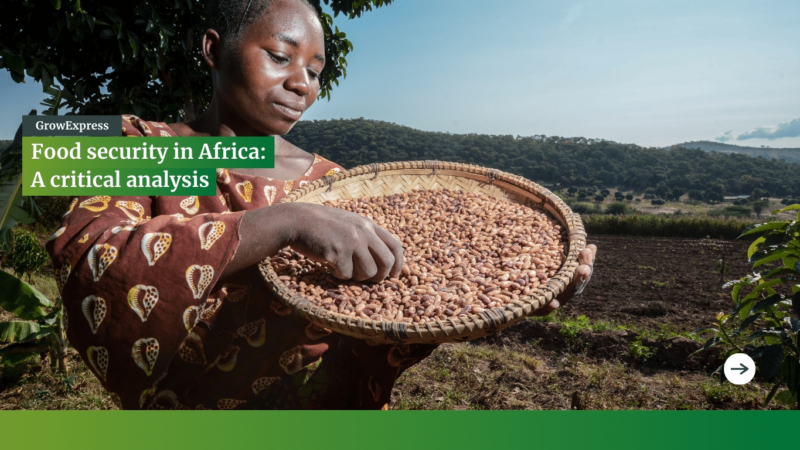A Miracle Tree from the Far East, with Versatile Uses of the Paulownia tree in Chinese Agriculture and Medicine.
The Kiribaum, also known as Paulownia, Bluebell, or Empress tree, attracts worldwide attention due to its impressive characteristics. Originating from Asia, this tree is celebrated as a potential climate savior: its rapid growth, ability to sequester significant amounts of CO, and drought tolerance position it as an ally in the fight against climate change. However, amidst all the enthusiasm, there is also a critical examination of the plant, especially from the perspective of environmental protection in Germany.
Dream Tree of the Wood Industry
With a growth rate of over five meters annually and the ability to produce the volume of wood equivalent to an oak in a fraction of the time, the Kiribaum appears as an ideal image for the wood industry. Its wood, light yet stable, finds broad usage – from interior fittings of mobile homes to sports equipment, it is valued. Entrepreneurs like Peter Diessenbacher from the Bonn-based startup „WeGrow“ see in the Kiribaum an opportunity to sow and harvest within their lifetime, a perspective hardly achievable with traditional forest trees.
The wood of the Kiribaum, with its outstanding physical and mechanical properties, marks a significant niche in the global wood industry. With its remarkably low density of 0.26 – 0.33 g/cm³ and remarkable strength values, including a compressive strength of 223 kgf/cm² (kilogram-force / square meter) and a flexural strength of 406 kgf/cm², this odorless and moderately durable material offers a wide range of applications. Especially in China, the wood is valued for its perfect acoustic properties in the construction of musical instruments but also finds use in the construction of model and sailplanes as well as in house building. The high-value wood suitability of the Kiribaum, favored by targeted care and consistent branch pruning, enables the production of knot-free wood in relatively short periods, making it a valued raw material in Germany, Japan, and the USA. Whether for furniture, carvings, or even paper and energy production, the wood of the Kiribaum combines sustainability with versatility, thus underlining its growing economic significance on the international stage.
Climate Hero with Reservations
Despite its advantages as a CO sink and its robustness to climatic challenges, the question arises whether the Kiribaum is indeed suitable for integration into European forest ecosystems. Criticism focuses mainly on its origin and potential invasiveness. In Germany, the Bluebell tree is classified as a potentially invasive species and is under observation by the Federal Agency for Nature Conservation. The rapid growth and the light, widely dispersed seeds pose the risk of uncontrolled spread, which could threaten native flora and fauna.
Cultivation Regulations and Ecological Concerns
Although the cultivation of Paulownia in Germany is not fundamentally prohibited, laws and guidelines regulate the release of non-native plants into the wild. These regulations are intended to protect native ecosystems and minimize the risk of displacing indigenous species. Environmentalists warn of the risks of introducing monocultures, which could reduce biodiversity and increase susceptibility to diseases and pests.
The silvicultural treatment of Paulownia requires careful planning and execution, as it has specific requirements for its location and care. As a shade-intolerant species, Paulownia thrives best in clearings or under large canopy gaps where ample sunlight is available. In dense forest or shade, young trees show significantly delayed development, limiting their competitiveness.
In terms of mixed forms, the Kiribaum can be planted in group or clump mixtures in the open forest. In high-value timber or short-rotation coppice plantations, a pure stand is preferred. In agroforestry cultivation, a wide spacing mixture along with crops such as wheat, rapeseed, and sweet potatoes is recommended to efficiently use agricultural land and promote Paulownia growth.
The care of the Kiribaum is particularly demanding due to its sympodial branching. This growth form can affect the quality of high-value wood and often requires high maintenance to achieve the desired trunk shape and branch purity. In harvesting, single-stem use can be carried out in forest management after reaching the target size, while clear-cutting methods can also be used in high-value timber plantations to renew the stand entirely and maximize wood production.
Research and Practice
In other regions such as Bavaria, systematic cultivation trials with Paulownia are being conducted to scientifically assess its suitability for forestry. These trials show that Paulownia is competitively weak under forest conditions and requires high maintenance. The question of invasiveness and ecological compatibility remains open and requires further research.
A Path to Coexistence?
Given the ecological concerns, some companies are focusing on sterile hybrids of the Kiribaum that cannot reproduce independently. This practice could strike a balance between economic benefits and ecological risks by controlling the spread of the species and limiting planting to agricultural land.
Secondary Uses of the Kiribaum: From Agriculture to Pharmacy
The Kiribaum undoubtedly offers impressive benefits as a fast-growing, climate-resilient tree that can sequester a significant amount of CO. However, its suitability as a forest tree in Europe is contentious, primarily due to its potential invasiveness and risks to native ecosystems. A balanced approach that considers both economic opportunities and ecological challenges is advisable.
In Chinese agriculture, the Kiribaum (Paulownia tomentosa) finds diverse secondary uses beyond wood production. Combined cultivation with crops allows the use of branches, leaves, and flowers, with the protein-rich leaves and flowers serving as valuable livestock feed. An 8- to 10-year-old tree can yield about 100 kilograms. Furthermore, the leaves, which contain compounds such as paulownin, are used in traditional Chinese medicine to treat bronchitis and coughs. The tree also finds application in the cosmetics industry, with hair care products made from the flavonoid- and alkaloid-containing fruits and leaves. Fruit extracts are also used to lower blood pressure and treat asthmatic conditions.
Author: Erik Simon, CEO Enhanced Finance Solutions CY Ltd.
Farmers Future is an innovative project that has set itself the task of combining sustainability and profitability in agriculture. Farmers Future offers people the unique opportunity to participate as partners in various sustainable agricultural projects and to profit from the sales proceeds. The aim is to make a positive contribution to the future of agriculture by promoting environmentally friendly farming methods and involving partners directly in the value creation process. At Farmers Future, transparency, sustainability and shared success are at the heart of our joint activities.
Contact
Farmers Future
Eric Simon
Nikos Nikolaidis 19
8010 Paphos
Phone: +35797786080
E-Mail: 
Url: https://farmers-future.net/
Die Bildrechte liegen bei dem Verfasser der Mitteilung.







